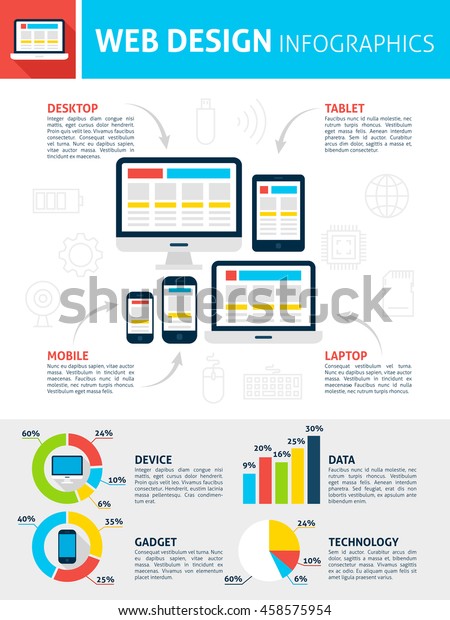Vital Site Design Tips: How To Build A Site That Focuses On User Experience
Vital Site Design Tips: How To Build A Site That Focuses On User Experience
Blog Article
Article Writer-Hovmand Devine
When it pertains to web site style, guaranteeing user-friendliness is crucial. From responsive style to structured navigation, every element plays an important duty in creating a website that deals with your target market's demands. But what about the better information that can make or damage a user's surfing experience? Stay tuned as we uncover some often-overlooked pointers that can raise your internet site's functionality to the next degree, making it truly stand apart in the digital landscape.
Relevance of Responsive Design
Receptive style is a crucial element of modern-day site development. Guaranteeing your site is responsive methods that it can adapt to different display sizes and tools, giving a smooth experience for individuals.
With https://digital-marketing-google17395.theobloggers.com/37305188/steps-to-create-a-remarkable-internet-site-style-that-draws-in-and-keeps-visitors boosting use smartphones and tablets to access the web, having a receptive layout is necessary for reaching a larger audience. It aids in enhancing user experience by making your web site simple to navigate and continue reading any device.
Furthermore, responsive style can positively affect your online search engine positions, as online search engine like Google prioritize mobile-friendly internet sites. By having a receptive style, you're additionally future-proofing your web site, as new gadgets with varying screen sizes continue to arise.
Simplify Navigating Structure
To boost individual experience and promote very easy accessibility to details on your internet site, streamlining the navigation framework is paramount. When creating your website, focus on creating a clear and user-friendly navigating food selection that aids site visitors discover what they're looking for promptly.
Restriction the variety of menu items to the essentials, grouping relevant web pages with each other to avoid overwhelming individuals. Use descriptive labels that plainly indicate the material of each page, making it less complicated for users to recognize where each link will take them.
Consider applying dropdown menus for subcategories to avoid cluttering the main navigation bar. Furthermore, consist of expert search engine marketing on the web page for individuals who choose looking for specific info.
Focus on mobile responsiveness in your navigating design to guarantee very easy access on all devices.
Maximize Web Page Lots Speed
Improving page tons speed is crucial for keeping site visitors on your web site. Slow-loading pages frustrate users and can bring about high bounce prices. To enhance page load speed, beginning by enhancing photos. Compress images without compromising top quality to lower their data sizes.
In addition, enable internet browser caching to keep regularly accessed sources in your area, speeding up tons times for returning site visitors. Minify CSS, JavaScript, and HTML documents by getting rid of unnecessary characters, comments, and formatting, enhancing lots speed.
Think about using a web content shipment network (CDN) to distribute your web site's material throughout multiple servers worldwide, reducing latency for users accessing your website from various locations. Last but not least, restrict using third-party manuscripts and plugins, as they can considerably influence load times.
Verdict
To conclude, by integrating receptive design, streamlining navigating, and optimizing web page load rate, you can create a straightforward site that attract a larger audience and boosts individual experience. These essential elements make sure that site visitors can easily accessibility and navigate your website throughout various devices, leading to enhanced engagement and contentment. By focusing on these vital elements, you can build a successful web site that keeps customers coming back for even more.
